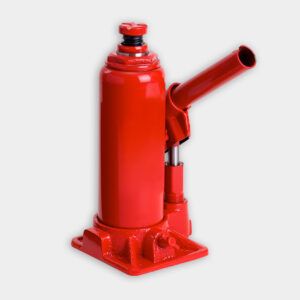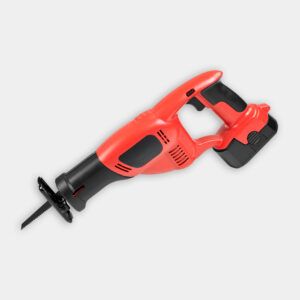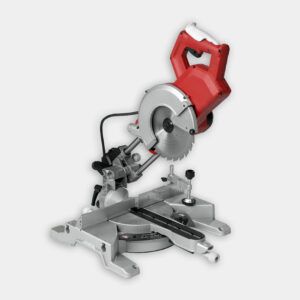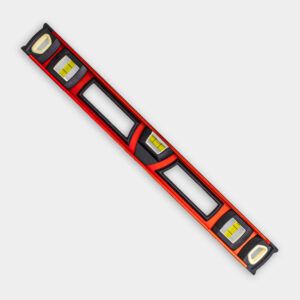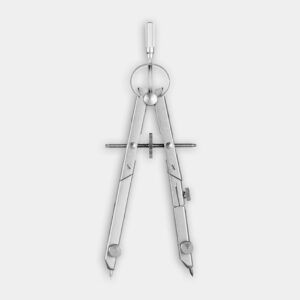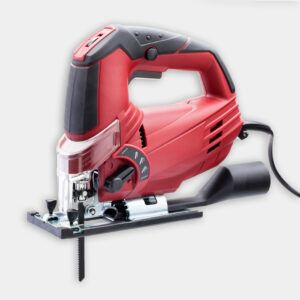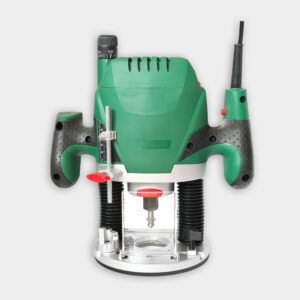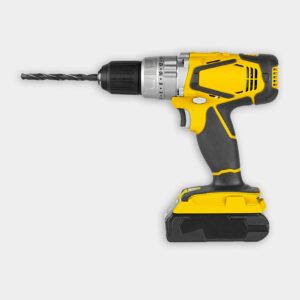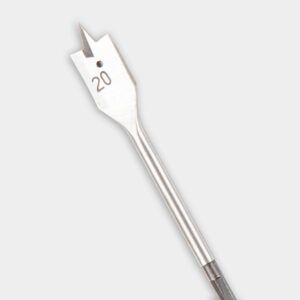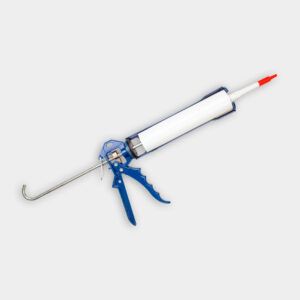Project details
Skill
Cost
Estimated Time
Many homeowners end up with rotted porch columns due to moisture damage or pest infestations. It may seem like it requires a major renovation to swap out the old column base for a new one, but luckily, it’s a manageable DIY project. In our guide, we’ll explain the steps to replacing a porch column base so that you can restore your home’s structural integrity and aesthetic appeal. We’ve also included a video featuring This Old House expert, Tom Silva, as he demonstrates the process while sharing valuable insights and techniques along the way.
Understanding the Problem with Porch Column Bases
Unfortunately, porch column bases may deteriorate over time. This can be due to several factors, so it’s important to identify the underlying cause to make sure it doesn’t happen again. Here are a few reasons why porch columns rot or degrade:
- Age and wear: Over time, the elements can damage even well-maintained bases.
- Moisture exposure: Water from rain, snow, and humidity can cause wood to rot.
- Pest infestation: Insects, such as carpenter ants, can devastate wooden bases.
- Poor ventilation: Lack of airflow can trap moisture, which creates the ideal conditions for decay.
Tools and Materials You Need to Replace a Porch Column Base
To replace a porch column base, you’ll need the following tools and materials:
Tools:
- Bandsaw or table saw
- Bottle jack
- Brad nailer
- Caulk gun
- Drill/driver and bits
- Jigsaw
- Level
- Miter or circular saw
- Pencil
- Reciprocating saw with a 10-inch wood-cutting blade
- Router and bits
- Sander
- Scribes
- Spade bits
Materials:
- Construction adhesive
- Fast-setting epoxy or polyurethane glue
- Rice hull boards or other weather-resistant wood
- Sandpaper
- Scrap four-by-fours
- Screws
- Shims
Preparing for Porch Column Replacement
In the video, Silva explains why you’ll want to take the steps to prepare for this project before you get to work. Here are a few ways to do so:
- Clear the work area: Remove obstacles and any decorations around the column.
- Inspect the column: Evaluate how much damage there is to figure out whether you need to replace just the base or the entire column.
- Plan for temporary support: Arrange a way to support the porch’s roof while you’re working on the column base.
Removing the Damaged Porch Column Base
Before you make the new base and add it to your porch, you have to get rid of the old one first. As you remove the base, keep in mind that level cuts will help you fit the new base and make it stable. Here are the steps for removal:
- Support the porch roof: Position a 4-by4 post and bottle jack under the porch header, then lift slightly to free the column from the ground.
- Remove loose material: Extract any rotted wood but avoid reaching under the post so you stay safe.
- Cut away damaged wood: Use a reciprocating saw to excise the rot and remember to keep the cut level.
Creating the New Porch Column Base
Now that you’ve eliminated the damaged base, crafting a durable replacement includes the following key steps:
- Choose the material: Select rice hull boards or another weather-resistant wood.
- Cut the base block: Trim a piece to square dimensions, which is usually 2 or 3 inches wider than the post’s diameter.
- Level the base: Position the block under the post and level it using shims.
- Create a pitch: Place small strips atop the block and mark the pitch with scribes.
- Cut and attach strips: Trim along scribe lines and glue strips to the block.
According to Silva, choosing a material that withstands moisture and won’t attract pests will help you avoid future rot and damage. This is why he chose rice hull boards for the project in our video.
Adding Decorative Elements to Your Porch Column Base
If your other base had decorative elements or you’ve decided to include a new one, here’s how we recommend you enhance your new base’s appearance:
- Cut circular pieces: Utilize scribes to draw circles on the material.
- Create layers: Screw two layers of wood together for thicker profiles before cutting.
- Sand and detail: Smooth out the layers and use a router for detailing.
- Create a cascading profile: Repeat with smaller circles for the top piece.
- Drill ventilation holes: Each circle should have a ¾-inch hole for airflow.
These design elements won’t just make your column base look good, but they can also prevent moisture entrapment.
Installing the New Porch Column Base
Now that you’ve removed the old base and created the new one, it’s time to install it. We’ve outlined that process below:
- Assemble the pieces: Position all components below the post.
- Apply adhesive: Add a bead of construction adhesive between the post and base before lowering.
- Lower the post: Lower the bottle jack to settle the post onto the new base.
- Screw on the base: Fasten the base with screws at each corner.
- Fill and finish: Fix any imperfections and prepare the surface for painting.
Finishing Touches for Your Porch Colum Base
To complete your porch repair project with lasting results:
- Sand the entire base for a smooth surface.
- Prime all the base’s surfaces with an exterior primer.
- Fill imperfections with exterior wood filler.
- Paint your new base after the filler is dry and sanded.
- Caulk seams and joints to avoid water infiltration.
Addressing Common Porch Issues
There are a few other steps you can take to protect the new base and prevent damage from reoccurring. Those include:
- Moisture control: Install gutters with downspouts that direct water away. Make sure you have proper grading away from the foundation to avoid rainwater from gathering.
- Regular inspection: Check the structural elements of the porch regularly. Finding minor issues early on often prevents larger, more costly repairs in the future.
- Ventilation improvement: Consider installing vents in closed areas to promote airflow and reduce trapped moisture, which prevents rot.
Our Conclusion
Many DIY enthusiasts can successfully replace a rotted porch column base. This fix can boost a home’s curb appeal and structural integrity. By following the steps we’ve outlined in this article and our video, you’ll create a long-lasting solution. Remember to use reliable, weather-resistant materials and contact a professional if you run into any issues.
